INTRODUCTION
When the children leave the Waldorf kindergarten and move into first grade, they carry with them a reverent and loving experience of nature and humanity. In the elementary grades, the content of the curriculum builds on what has gone before and unfolds in a way that is interesting and meaningful to the children of a particular grade because it addresses the development stages of the growing child. The children in a class form a community and travel the journey from childhood into adolescence together with their class teacher.
In the early elementary school years, children learn best when academics are conveyed through painting, drama, music, storytelling and other direct experiences that stir their emotions. A sense of beauty weaves throughout each school day.
Currently, Uday offers Grades 1 to 5. It will continue to grow with the children each year to offer additional grades. For the 2023-24 session admission are open for all Grades .
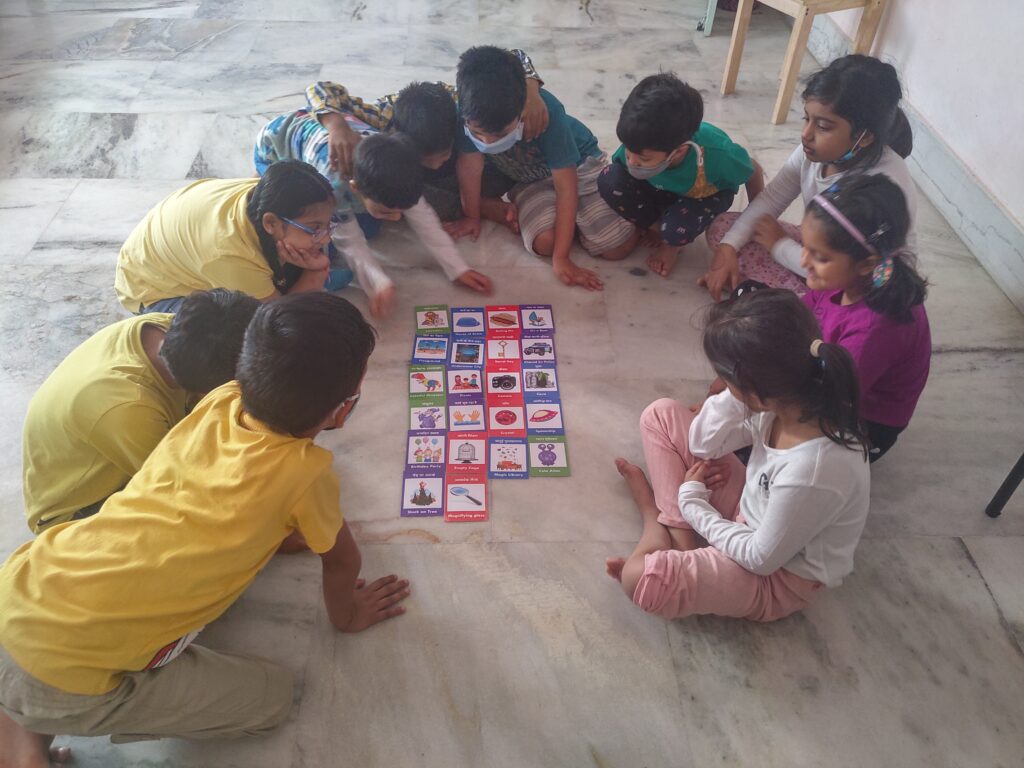
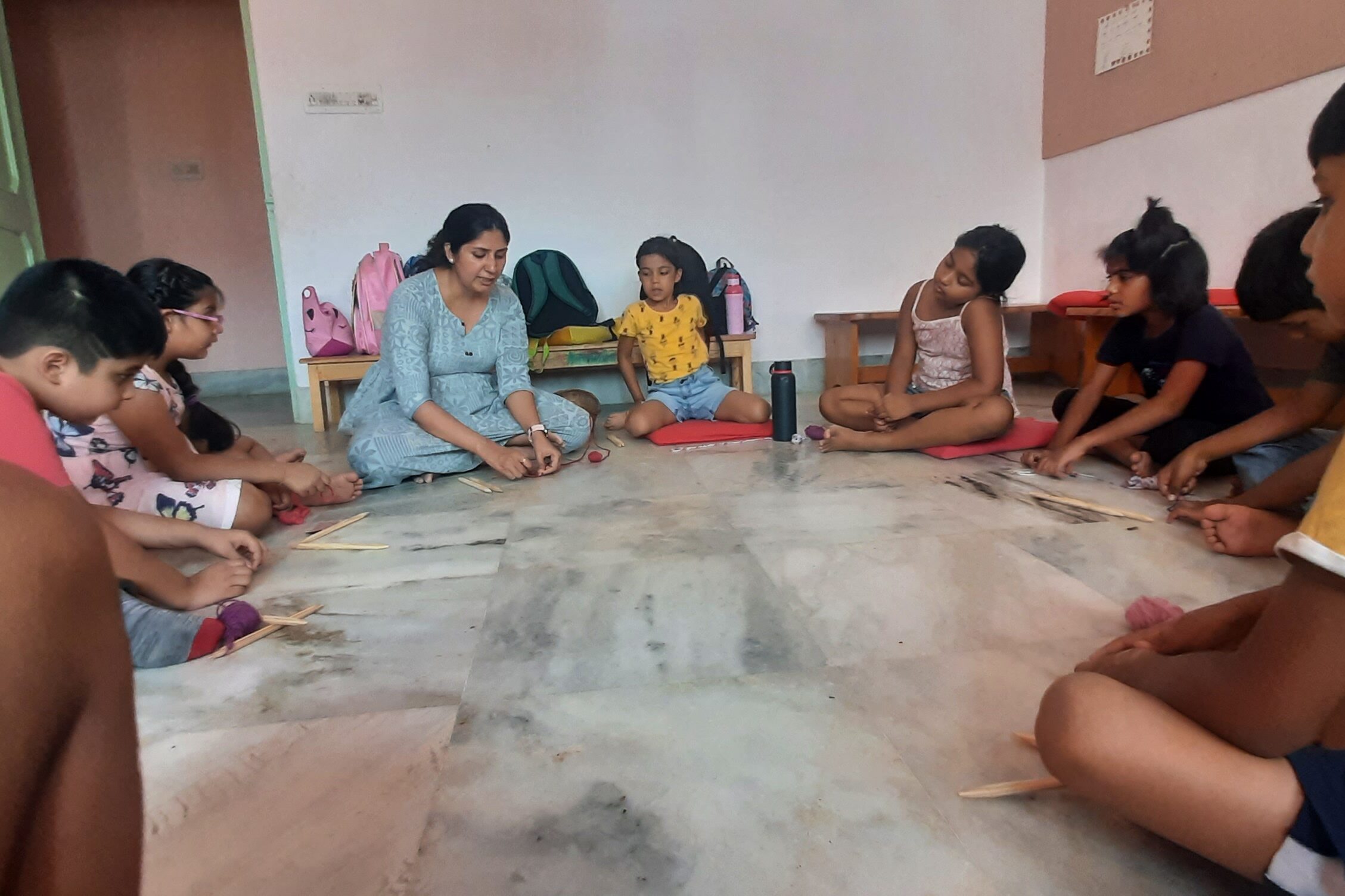
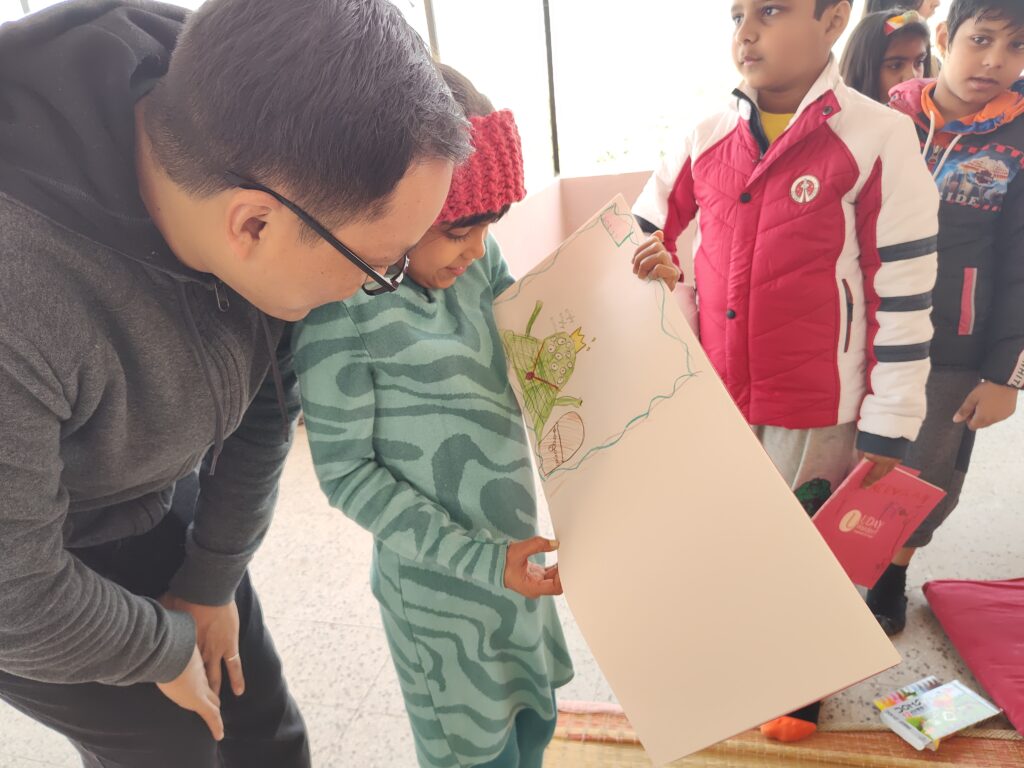
THE WALDORF FIRST GRADE
Uday’s curriculum endeavors to nurture the educational experience of children, to foster a love of learning, and the self-worth that comes from success in artistic and academic fields.
First grade is a child’s introduction to the collective being of a class. We nurture a deep reverence for the earth, compassion for classmates and a healthy respect for every living thing. From knitting to numbers, folk music to the phases of the moon, we help first graders discover the wonders of our world and understand the rhythm of life. This year is the beginning of a relationship with their teacher, who will follow them, understand them and nurture them.
- Language Arts: Fairy tales, folk tales and nature stories; letters; writing sentences, stories and poems
- Social Studies: Festival celebrations
- Science: Nature walks and outdoor education
- Math: Quality of numbers, an introduction to addition, subtraction, multiplication, division; mental math
- Second language: Hindi
- Art: Form drawing, Wet-on-wet watercolour painting; beeswax modelling; crayon drawing
- Practical Arts: Handwork (Knitting), gift-making, origami
- Drama: Re-enactment of fairy tales, class play, assembly performances
- Music: Flute/recorder, singing
- Movement: an hour of outdoor games daily; body geography exercises
- Field trips and community service
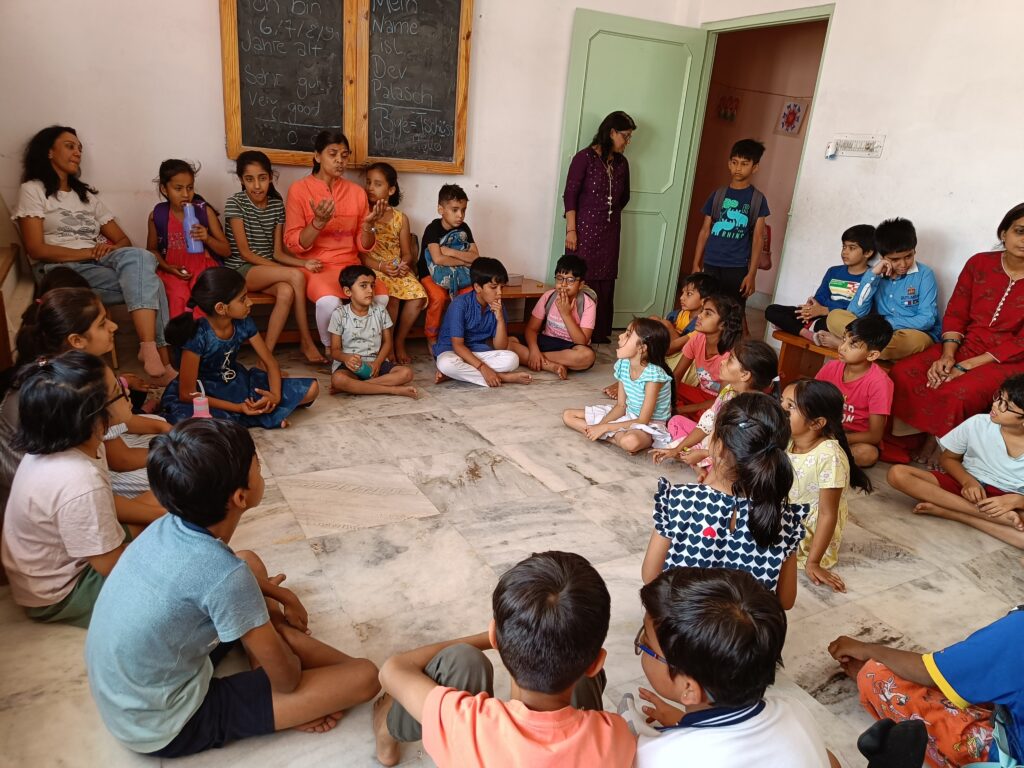
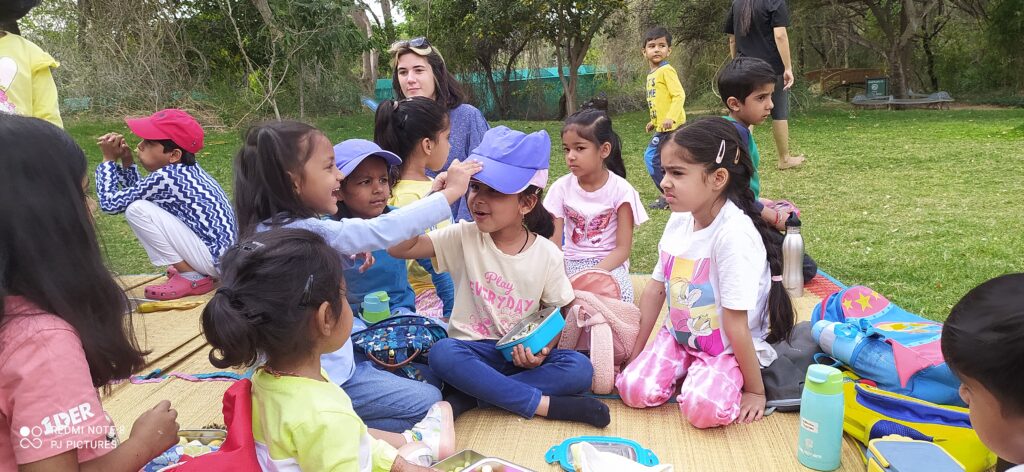
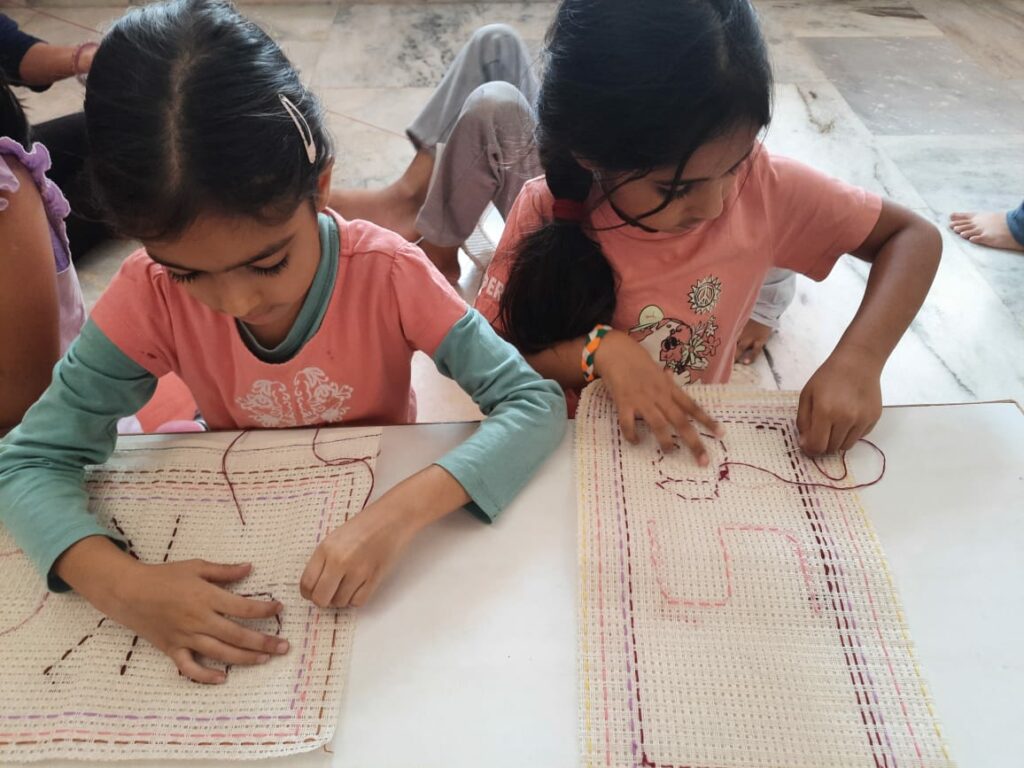
THE WALDORF SECOND GRADE
Building on a foundation of security and creativity, second graders are moved toward first self-awareness and the subjective world of feeling: wonder, pity, joy, tenderness and sorrow. Second graders live in two realms at once. They continue to live in a rich imaginative world. At the same time they are becoming increasingly, though not completely, aware of self and others. With increased awareness, social issues grow more complex. This gives second graders the chance to practice self-control and problem-solving skills in resolving conflicts. Students are asked to play a supportive role in group activities, to participate with a positive attitude even when the task is challenging.
Circle time includes rhythmic counting, therapeutic movement and spirited speech development. When they feel the lesson, they internalize the lesson. Reading and writing is the crescendo of this year.
- Language Arts: Aesop’s fables, animal stories, grammar, writing stories and compositions, recitation of poetry
- Social Studies: Festival celebrations, legends of saintly and heroic people
- Hindi Language: Hindi Grammar, reading, writing sentences.
- Science: Nature study, nature walks
- Math: The four arithmetic processes, place value, patterns in numbers, regrouping, mental math, math games and form drawing.
- World languages: Vocabulary, songs, dances, poetry, conversation.
- Art: Wet-on-wet watercolour painting; beeswax modelling; crayon drawing; form drawing
- Practical Arts: Handwork (Crocheting / knitting), gift-making
- Drama: Re-enactment of fables and legends, class play, assembly performances
- Music: flute/recorder, singing
- Movement: An hour of outdoor games, traditional dance, physical education, daily exercises to develop fine and gross motor skills
- Field trips and community service
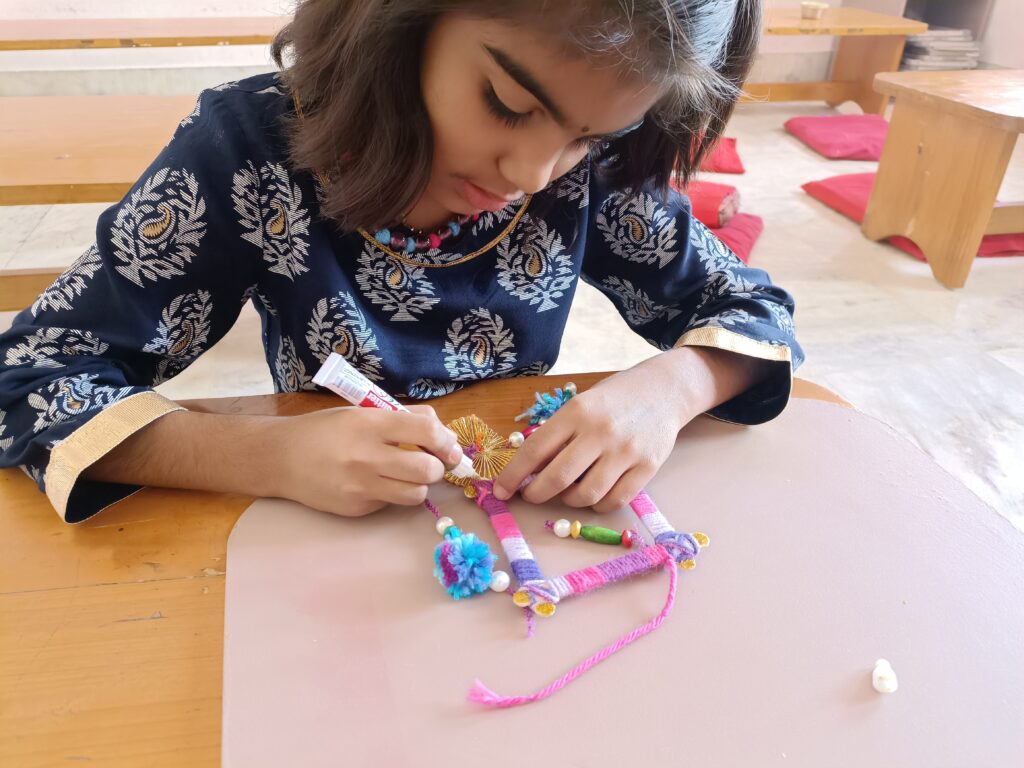
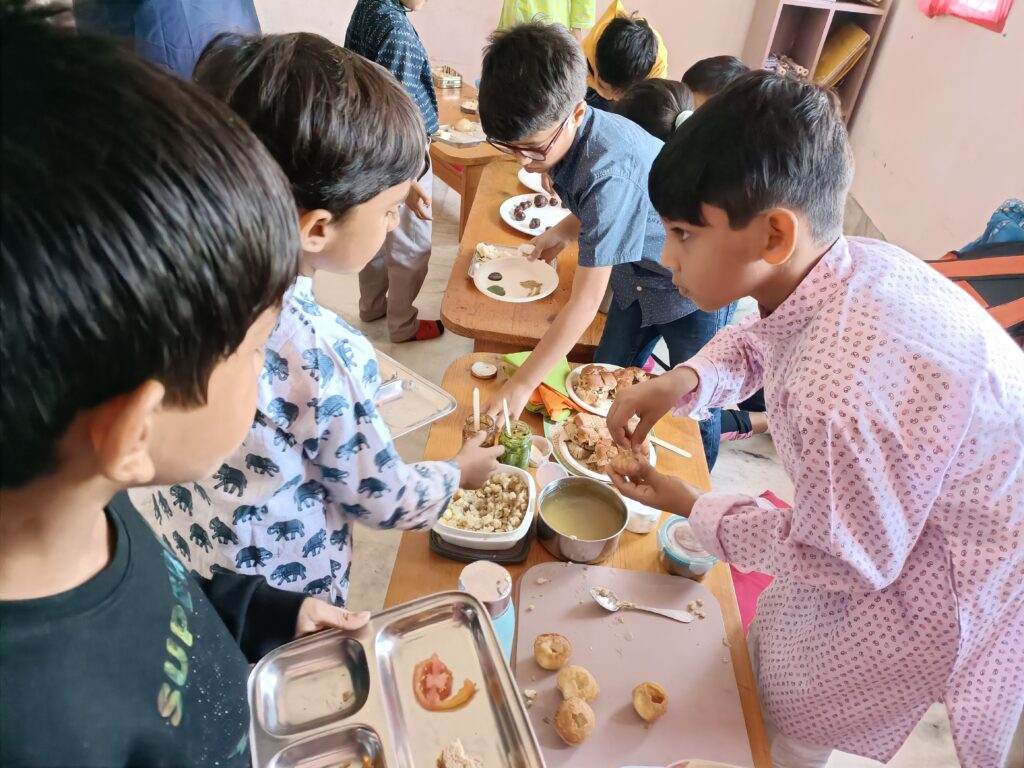
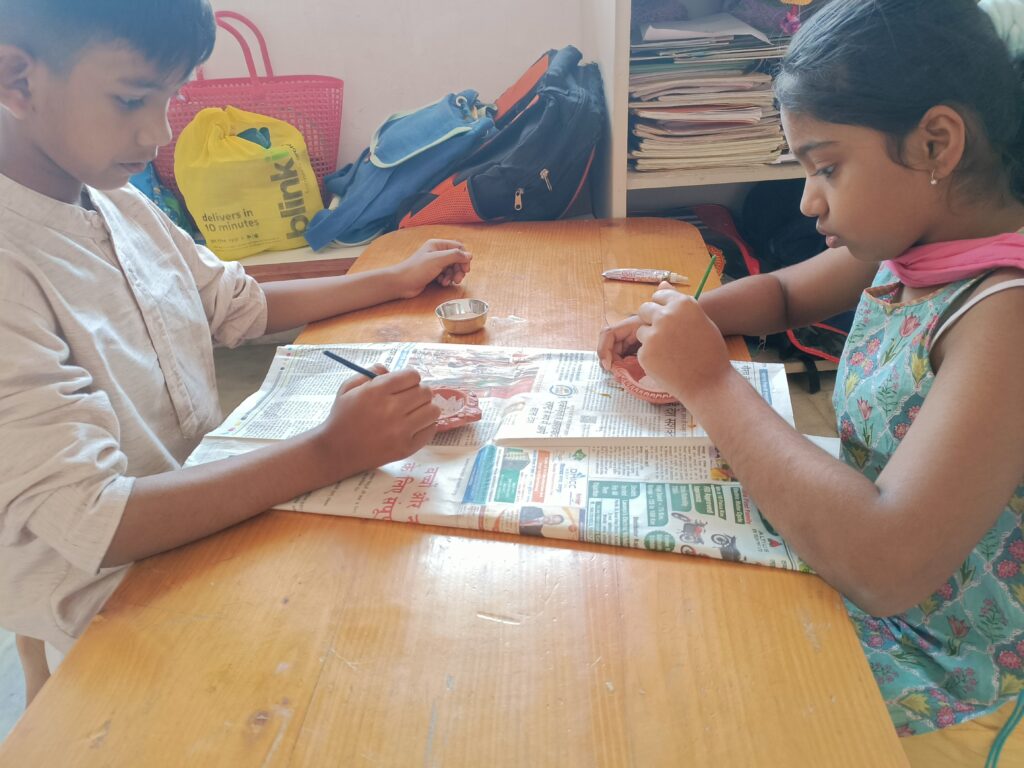
THE WALDORF THIRD GRADE
With an emerging sense of their place in the world, third graders grow vegetables, build shelters, and learn about time, measurements, and money. They work with their hands outside the classroom and explore the fundamentals of grammar and mathematics inside the classroom.
Language Arts (Hindi and English)
- Basic parts of speech, punctuation, and simple tenses of verbs,
- Reading comprehension and writing practice
- Stories of ancient and indigenous people
Mathematics
- Long division and multiplication introduced
- Practice with addition and subtraction and expanded use of place value
- Weights and measurements
- Monetary calculations
Science
- Study of farming, agriculture, including cultivation of grain, cycles of composting, crop rotation, and animal husbandry
- Study of local natural resources
Social Studies
- Introduction to a historical timeline through stories of Hebrew Bible
- Geography introduced with question of how human beings learn to life on the earth
- Study of shelters through time and around the world with attention to indigenous people and to the natural resources of the immediate environment
- Study of farming and agriculture
- Systems of money and time explored
Handwork
- Crochet: chain stitch, single and double stitches, and crochet in the round
- Continued practice of knitting and hand sewing.
Music
- Musical notation introduced
- Mastery of flute/recorder
Eurythmy
- Movements for vowels and consonants practiced in conjunction with spatial forms
Games and Gym
- Historical games from around the world; tagging games; relay races; handball games; free and imitation movement activities
- Spatial Dynamic exercise and Gymnastics; circus arts activities; self-control games
